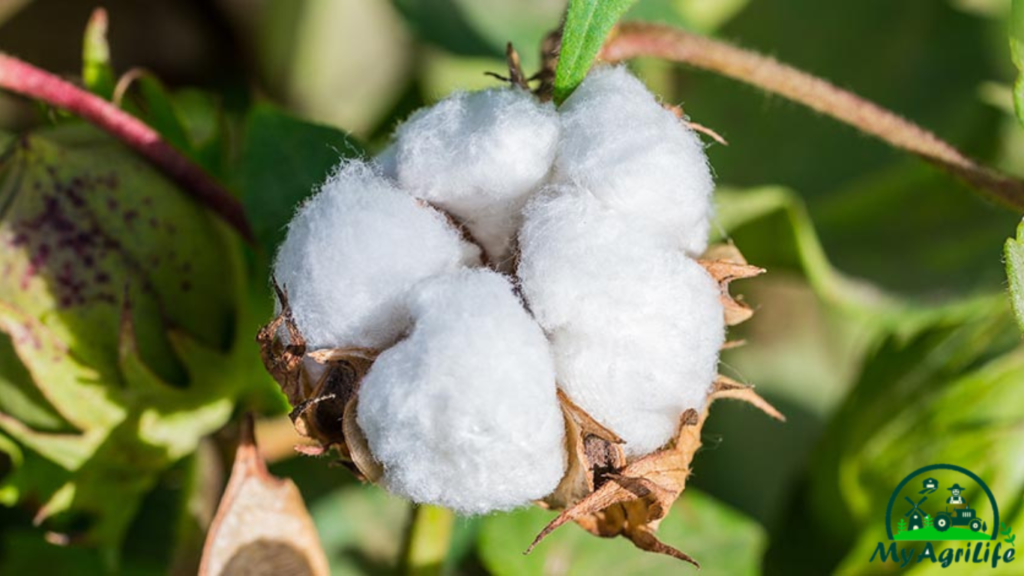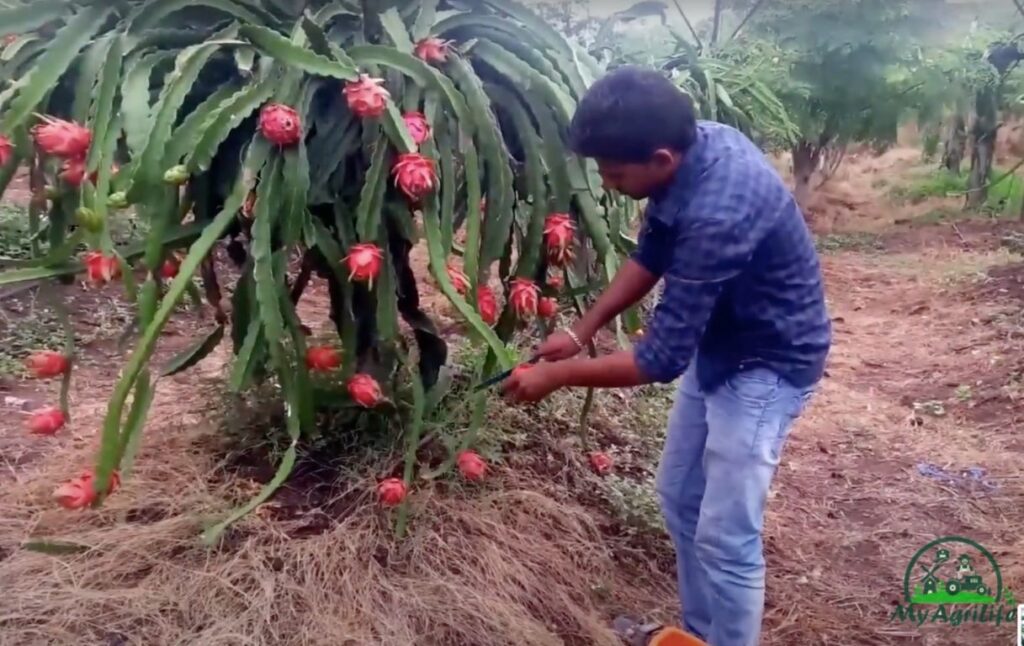Mango ( Mangifera indica) is a tropical fruit that is native to South Asia but is now grown in many tropical and subtropical regions worldwide. It is a member of the Anacardiaceae family, which also includes cashews and pistachios.
Mangoes are typically oval or oblong in shape, and they range in color from green to yellow to red. The flesh of the fruit is juicy and sweet, with a rich, creamy texture. Mangoes are rich in vitamins, minerals, and antioxidants, making them a nutritious addition to any diet.
Mangoes are a popular fruit for eating fresh, but they are also used in a variety of culinary applications, including in smoothies, jams, and desserts. In South Asian cuisine, mangoes are often used in chutneys, curries, and pickles.
Mango season typically runs from May to September, depending on the variety and location of the trees. Some popular mango varieties include Alphonso, Tommy Atkins, and Kensington Pride.
Seed Specification Mango
Mango seeds are typically oblong or ovoid in shape, and they are about 2-4 cm in length and 1-2 cm in width. The color of the seed coat can vary depending on the variety of the mango, but it is usually brown or black. The seed is covered by a thin, fibrous layer called the endocarp, which helps protect the seed during development.
The mango seed contains a single embryo, which is surrounded by the endosperm, a nutrient-rich tissue that provides food for the developing embryo. The embryo is made up of two cotyledons (seed leaves) and a radicle (embryonic root). As the seed germinates, the radicle will emerge first and begin to grow, followed by the cotyledons, which will eventually become the seedling’s first leaves.
Mango seeds are often used to grow new mango trees, and they can be planted directly in soil or started in pots. It is important to note that not all mango seeds will produce viable seedlings, and it is best to choose seeds from mature, healthy fruits for the best chance of success.
Land Preparation & Soil Health Mango
Land Preparation
The preparation of land for mango cultivation involves several steps, including clearing the land of any existing vegetation, plowing or tilling the soil, and adding organic matter or fertilizers to improve soil fertility. The specific land preparation practices may vary depending on the location and type of soil, but generally, the following steps are recommended:
Clear the land of any existing vegetation, rocks, or debris.
Plow or till the soil to a depth of at least 30 cm to loosen the soil and improve drainage.
Level the land and create raised beds or ridges to improve drainage and prevent waterlogging.
Add organic matter, such as compost or well-rotted manure, to improve soil fertility.
Apply fertilizers based on the results of soil testing to provide essential nutrients to the mango trees.
Soil Health
The health of the soil is critical for the successful cultivation of mangoes. Mango trees thrive in well-draining soils that are rich in organic matter and have a pH range of 6.0 to 7.5. The following practices can help maintain soil health for mango cultivation:
Regular soil testing to determine the nutrient status and pH of the soil.
Adding organic matter, such as compost or well-rotted manure, to improve soil fertility and structure.
Using cover crops or green manures to help build soil organic matter and improve soil structure.
Applying fertilizers based on the results of soil testing to provide essential nutrients to the mango trees.
Minimizing soil erosion by using practices such as contour plowing or planting cover crops.
Avoiding the use of synthetic pesticides and fertilizers that can harm soil health and beneficial microorganisms.
Promoting soil biodiversity by using practices such as crop rotation and intercropping.
Crop Spray & Fertilizer Specification Mango
Crop Spray for Mango
Crop spraying is an essential practice in mango cultivation to control pests and diseases and to promote healthy growth and fruit production. The following are some of the common crop sprays used in mango cultivation:
1.Insecticides: Insecticides are used to control pests such as mango fruit flies, thrips, and scales. Commonly used insecticides for mango cultivation include malathion, imidacloprid, and spinosad.
2.Fungicides: Fungicides are used to control fungal diseases such as anthracnose, powdery mildew, and black spot. Commonly used fungicides for mango cultivation include copper-based fungicides, mancozeb, and triadimefon.
3.Herbicides: Herbicides are used to control weeds that compete with mango trees for nutrients and water. Commonly used herbicides for mango cultivation include glyphosate, paraquat, and 2,4-D.
It is important to follow the instructions on the label and apply crop sprays at the recommended rates and timings to avoid crop damage and ensure effectiveness.
Fertilizer Specification for Mango
Mango trees require a balanced supply of essential nutrients for healthy growth and fruit production. The following are the common macronutrients and micronutrients required for mango trees, along with their recommended application rates:
1.Nitrogen (N): Nitrogen is essential for vegetative growth and fruit production. Recommended application rates for nitrogen range from 200 to 400 g per tree per year.
2.Phosphorus (P): Phosphorus is essential for root development and fruit production. Recommended application rates for phosphorus range from 100 to 200 g per tree per year.
3.Potassium (K): Potassium is essential for fruit development and stress tolerance. Recommended application rates for potassium range from 400 to 600 g per tree per year.
4.Calcium (Ca): Calcium is essential for fruit quality and shelf life. Recommended application rates for calcium range from 100 to 200 g per tree per year.
5.Magnesium (Mg): Magnesium is essential for chlorophyll synthesis and fruit quality. Recommended application rates for magnesium range from 50 to 100 g per tree per year.
It is important to conduct soil testing to determine the nutrient status of the soil and apply fertilizers based on the test results. Fertilizers can be applied either in a single dose or split into multiple applications throughout the growing season.
Weeding & Irrigation Mango
Weeding in Mango
Weeding is an essential practice in mango cultivation to control the growth of weeds that compete with mango trees for water and nutrients. Weeds can also serve as a breeding ground for pests and diseases, which can affect the health and yield of the mango trees. The following are some of the common weed control practices used in mango cultivation:
1.Hand weeding: Hand weeding involves manually removing weeds using hand tools such as hoes or machetes. This practice is suitable for small-scale mango cultivation.
2.Mechanical weeding: Mechanical weeding involves using machines such as cultivators or rotary hoes to remove weeds. This practice is suitable for large-scale mango cultivation.
3.Mulching: Mulching involves covering the soil around mango trees with organic materials such as leaves or straw to prevent weed growth.
4.Chemical weed control: Chemical weed control involves using herbicides to control weed growth. This practice should be used with caution, and it is important to follow the instructions on the label and apply herbicides at the recommended rates and timings.
Irrigation in Mango
Irrigation is essential in mango cultivation, particularly in areas with low rainfall or erratic rainfall patterns. Mango trees require a consistent supply of water for healthy growth and fruit production. The following are some of the common irrigation practices used in mango cultivation:
1.Drip irrigation: Drip irrigation involves using pipes with small holes or emitters to deliver water directly to the base of the mango trees. This practice is efficient in water use and can also help reduce weed growth.
2.Sprinkler irrigation: Sprinkler irrigation involves using sprinklers to deliver water over the mango trees. This practice is suitable for large-scale mango cultivation.
3.Flood irrigation: Flood irrigation involves flooding the mango orchard with water. This practice is suitable for areas with low water availability.
It is important to provide mango trees with sufficient water during the growing season to prevent stress and ensure healthy growth and fruit production. The frequency and amount of irrigation will depend on factors such as soil type, rainfall patterns, and tree age.
Harvesting & Storage Mango
Harvesting Mango
Mango fruits are harvested when they are mature and ripe. The timing of the harvest depends on the variety of mango and the intended use of the fruit. Mango fruits intended for fresh consumption are usually harvested when they are fully ripe, while those intended for processing may be harvested at an earlier stage. The following are some of the common practices for harvesting mango:
1.Visual inspection: Mango fruits are visually inspected to determine their ripeness. Ripe mangoes typically have a yellow or orange color, and the flesh is soft.
2.Twist and pull: Mango fruits can be harvested by gently twisting and pulling them from the tree.
3.Use of harvesting tools: Harvesting tools such as poles with baskets or bags attached to the end can be used to harvest mango fruits from tall trees.
Storage of Mango
Proper storage of mango fruits is essential to maintain their quality and prevent post-harvest losses. The following are some of the common practices for storing mango:
1.Temperature and humidity: Mango fruits should be stored at a temperature of 12-15°C and a relative humidity of 85-90%.
2.Packaging: Mango fruits should be packed in ventilated boxes or crates to allow for air circulation and prevent moisture accumulation.
3.Ripening: Mango fruits can be ripened by storing them at room temperature in a well-ventilated area. Ethylene gas can be used to speed up the ripening process.
4.Post-harvest treatment: Post-harvest treatments such as hot water treatment or fungicide application can be used to prevent fungal infections and extend the shelf life of mango fruits.
It is important to handle mango fruits carefully during harvesting and storage to prevent bruising or damage, which can reduce their quality and market value.
Conclusion
In conclusion, mango farming is a rewarding and profitable venture. Mango trees are tropical fruit trees that require proper land preparation, soil health management, irrigation, and weeding practices. The use of appropriate crop sprays and fertilizers is crucial for maintaining tree health and maximizing fruit production. Harvesting mangoes at the right stage of ripeness and implementing proper storage techniques help preserve the fruit’s quality and extend its shelf life.
Successful mango farming involves selecting suitable mango varieties, understanding local climatic conditions, and implementing good agricultural practices. It is important to stay updated on the latest research and recommendations for mango cultivation and seek guidance from agricultural experts or local agricultural extension services.
By following sound agricultural practices, managing pests and diseases effectively, and ensuring optimal care for mango trees, farmers can achieve healthy tree growth, high-quality fruits, and good yields. Mango farming presents opportunities for both small-scale and large-scale cultivation, with the potential for local consumption as well as export to domestic and international markets.









